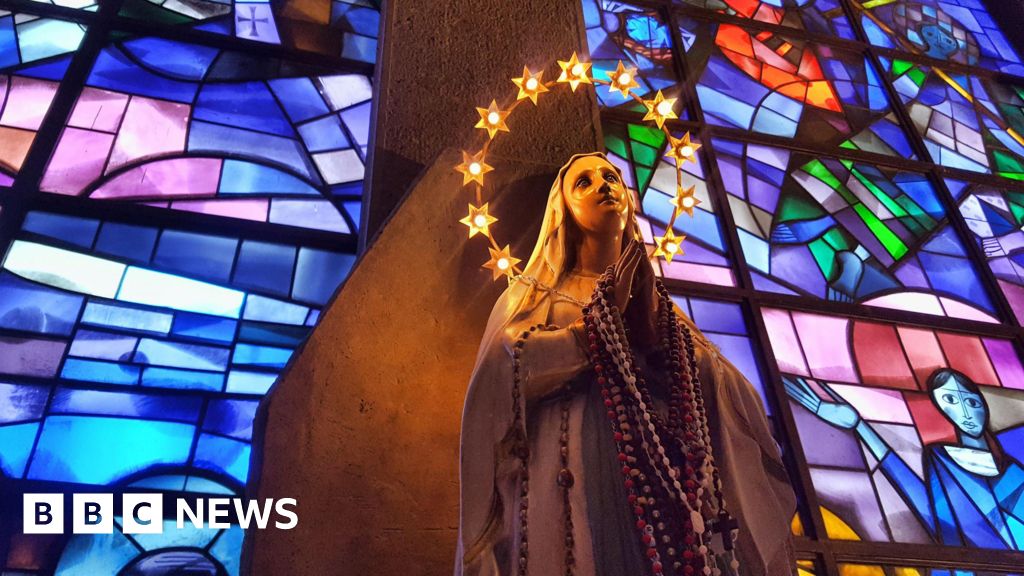Image source, Getty Images
- Author, Mark Lowen
- Role, BBC Rome Correspondent
When are reports of a weeping statue fake news? How credible is the claim that a holy relic led to a miraculous healing? And how should a divine apparition be confirmed?
These are themes that will be addressed in the Vatican’s new guidelines on supernatural phenomena, which are due to be presented on Friday.
The document, compiled by the Vatican’s Dicastery for the Doctrine of the Faith, will lay out rules to assess the truthfulness of such claims.
Reports of such phenomena are said to have soared in recent years in an era of social media – sometimes spread through disinformation and rumour.
The guidelines are likely to tighten criteria for the screening, analysis, and possible rejection of cases. The Vatican last issued rulings on the phenomena in 1978.
Apparitions have been reported across the centuries. Those recognised by the Church have prompted pilgrims, and popes, to visit spots where they are said to have taken place.
Millions flock to Lourdes in France, for example, or Fatima in Portugal, where the Virgin Mary is alleged to have appeared to children, promising a miracle – after which crowds are said to have witnessed the sun zig-zagging through the sky.
The visitation was officially recognised by the Church in 1930.
But other reports are found by church officials to be baloney. In 2016, an Italian woman began claiming regular apparitions of Jesus and Mary in a small town north of Rome after she brought back a statue from Medjugorje in Bosnia, where the Virgin Mary is also said to have appeared.
Crowds prayed before the statue and received messages including warnings against same-sex marriage and abortion. It took eight years for the local bishop to debunk the story.
And so the Vatican, an institution peppered with mysticism, and which still communicates via smoke signals, will be hoping its new rules can regulate claims of the supernatural.

Emily Foster is a globe-trotting journalist based in the UK. Her articles offer readers a global perspective on international events, exploring complex geopolitical issues and providing a nuanced view of the world’s most pressing challenges.








